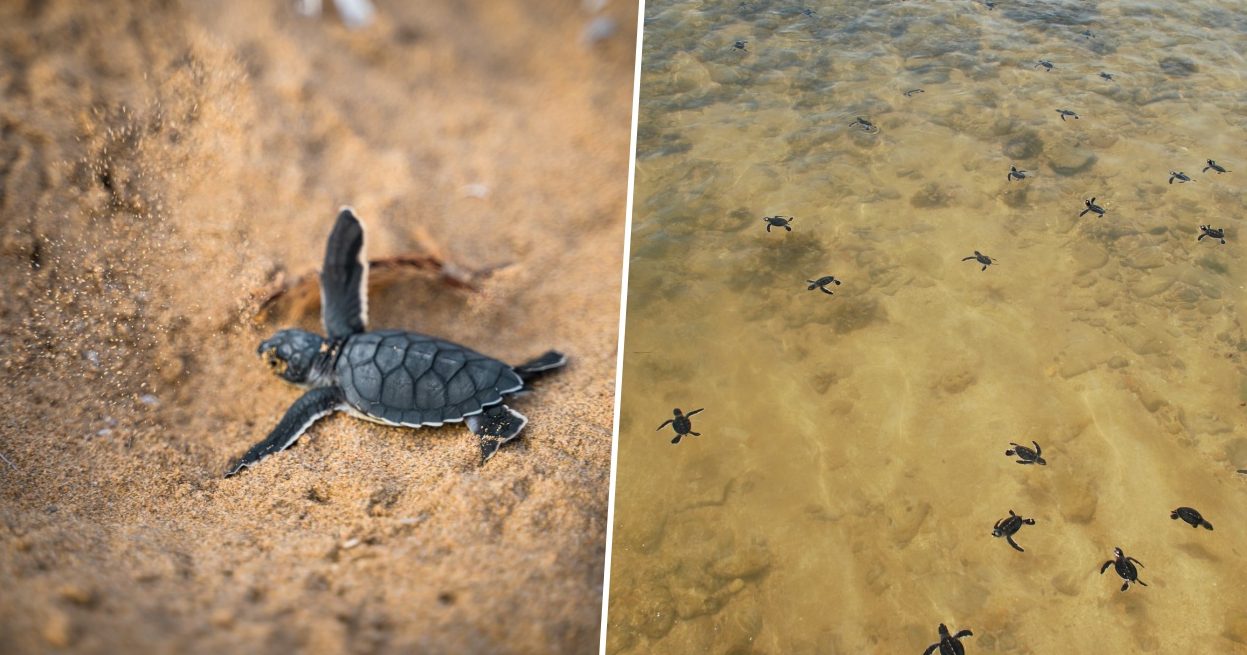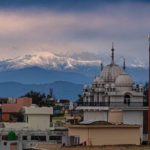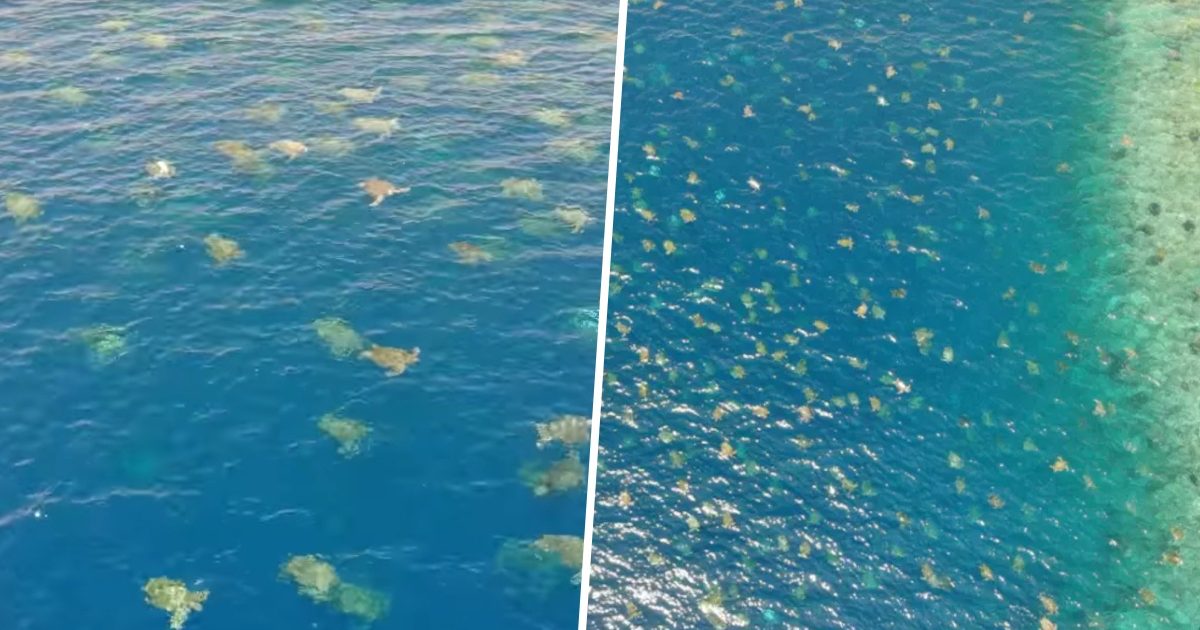LOOK: Endangered Sea Turtles Fill Beaches in Time for Nesting Season
Cue the uwus.
by Meryl Medel | April 13, 2020
With most of the world’s population quarantined and staying indoors, beaches all over the world have been left empty of human life, making way for sea turtles to come in flocks to start nesting.
Mass nesting of Olive Ridley turtles in Odisha coast while nation is at 21 day lockdown. #Nature #21daylockdown #pandemia pic.twitter.com/z7ihzOYu0E
— Harikrishnan S (@_harikrishnan_s) March 26, 2020
On top of the pollution in the seas now full of trash and plastic, sea turtles often face the dangers of human curiosity during nesting season, with many of them being crowded in and sometimes stolen. It’s easy to predict where sea turtles will be during nesting, because interestingly, they return to the exact same beach where they were born, making it all the more important to protect nesting sites.
Odisha, a coastal beach in India, saw its beaches full of thousands of Olive Ridley sea turtles laying eggs. Before the lockdown, these beaches are often full of tourists waiting to see the endangered species. Some people even attempt to attack the eggs or steal them to sell in the black market. However, due to the lockdown, this nesting season has been undisturbed for the most part, making this the most peaceful and most successful thus far.
ARRIBADA ~Spanish Word – means ‘Arrival’ 🐢
Refers to mass-nesting event when 1000s of Turtles come ashore at the same time to lay eggs on the same beach.
Interestingly, females return to the very same beach from where they first hatched, to lay their eggs.
🏖️ Olive Ridley Turtle pic.twitter.com/dvzslqA8zW— Ankit Kumar, IFS🇮🇳 (@AnkitKumar_IFS) March 26, 2020
Meanwhile, in Paulista, Brazil, 97 hawksbill sea turtles — locally known as tartarugas-de-pente — have successfully hatched on the last weekend of March. Only government workers were able to witness the tiny newly hatched turtles slowly make their way towards the sea, as the coastal town has been in lockdown due to the coronavirus.
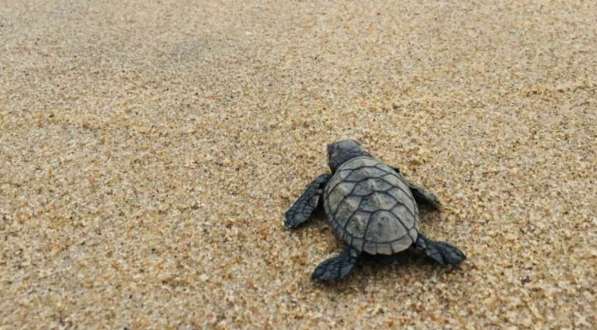
Photo courtesy of ASCOM DE PAULISTA
Similarly, in South Africa, leatherback and loggerhead sea turtles are crowding beaches in greater numbers. iSimangaliso Wetland Park, a UNESCO World Heritage site, houses the nesting range of Sodwana Bay, where sea turtles are creating their own nests. The temperatures of the nests vary due to the heat from the sun and subsequently determine the sex of the turtle’s hatchlings — 29 degrees Celsius and above for a female and below that for a male.
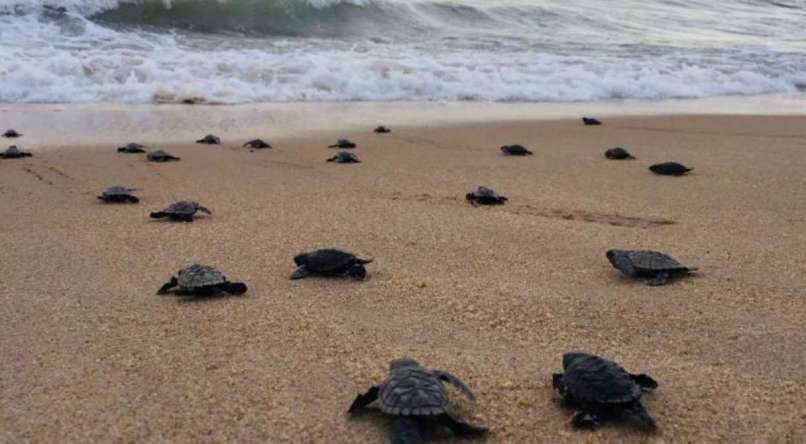
Photo courtesy of ASCOM DE PAULISTA
This resurgence of sea turtles nesting is incredible as it can boost their endangered numbers. We, however, still need to lessen our plastic pollution and maintain the tranquility of the turtles’ nesting beaches. This lockdown all around the world is only temporary, and while it may definitely change our lifestyles, we must also consciously do our part.
Have you ever seen a sea turtle in the wild? Tell us all about it!



